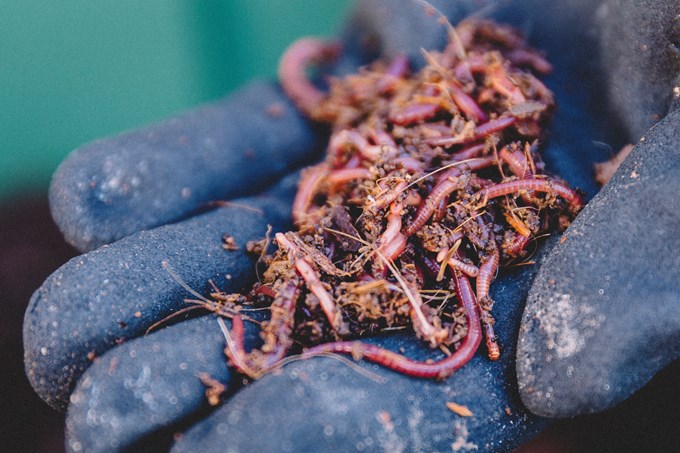They may not be the most beautiful creature but the humble tiger worm could be a fantastic addition to your household.
Unlike a cat or a dog, you can have thousands of worms all at once without anyone batting an eye, they don’t need training, supervision or vet care and – most importantly - they are amazingly good for your garden.
Here‘s a quick rundown on how to start your own wonderful worm farm.
Why should I keep worms?
Worm castings are a great fertiliser for your plants and means you won’t have to buy additional products to keep your garden thriving. It holds and contains vital nutrients and is low in contaminants (if properly processed). This special is nature’s perfect fertiliser and can be used as a top layer and even indoors to fill potted plants.
Worms are also a great alternative for organic waste disposal. Rather than sending all these to landfill, they will process the scraps without releasing greenhouse gasses.
Is worm farming suitable for me?
Every household’s needs are different and you may find that other systems may be better for your needs.
Worm farms are relatively low maintenance but there are some things to consider before buy one. It can be challenging to balance the right amount of food at first, but if you take the time to establish a great farm, you’ll be rewarded with wonderful fertiliser and happy worms.
To get started, you’ll need either a stacked system (which uses rotating trays) or continuous flow system (which houses all the food and worms in one container). If you are short on funds, you can have a go at making your own system.
How should I look after them?
Like any pet, you need to provide them with a place to sleep, a comfortable environment that is warm and moist, and the right balance of food to eat. You’ll need to put in some starting bedding, which can consist of shredded cardboard, paper or even coconut fibre.
Be sure to keep your worm farm out of direct sunlight and slightly damp (but not wet). You’ll also need to drain excess liquid (known as worm tea) and swap the container out regularly. This can be poured down your drains or diluted with water to use as a spray-able fertiliser.

What can they eat?
A healthy worm diet is made up of 30 per cent “browns” and 70 per cent “greens”. A worm can eat its weight in food a day so make sure you keep this in mind when you send your scraps their way.
Greens are soft, wet, fresh items which contain nitrogen such as fruit and vegetable scraps, eggshells, tea and coffee grounds and even hair (in small quantities). Chop these up into small pieces and your worms will be able to digest them quicker!
Browns are carbon-based items which are dry and brittle. These range from paper and cardboard to dry leaves and lawn clippings. Worms will even munch through your vacuum dust (if you have natural carpets or wooden floors).
What shouldn’t I feed them?
While worms are grateful for a lot of your kitchen scraps, there are some things that just aren’t good for them, especially in the first year, including:
- Spicy food including chilli, onion and garlic
- Meat and milk products
- Bread and pasta
- Cooked or processed food
- Citrus or acidic foods
- Oils and liquids such as soup
After your worm farm is established, you may add small quantities of these items but use caution and treat your worms with care.
If you are ready to let tiger worms into your life, you can click here to learn more about worm farming and other great composting systems.


